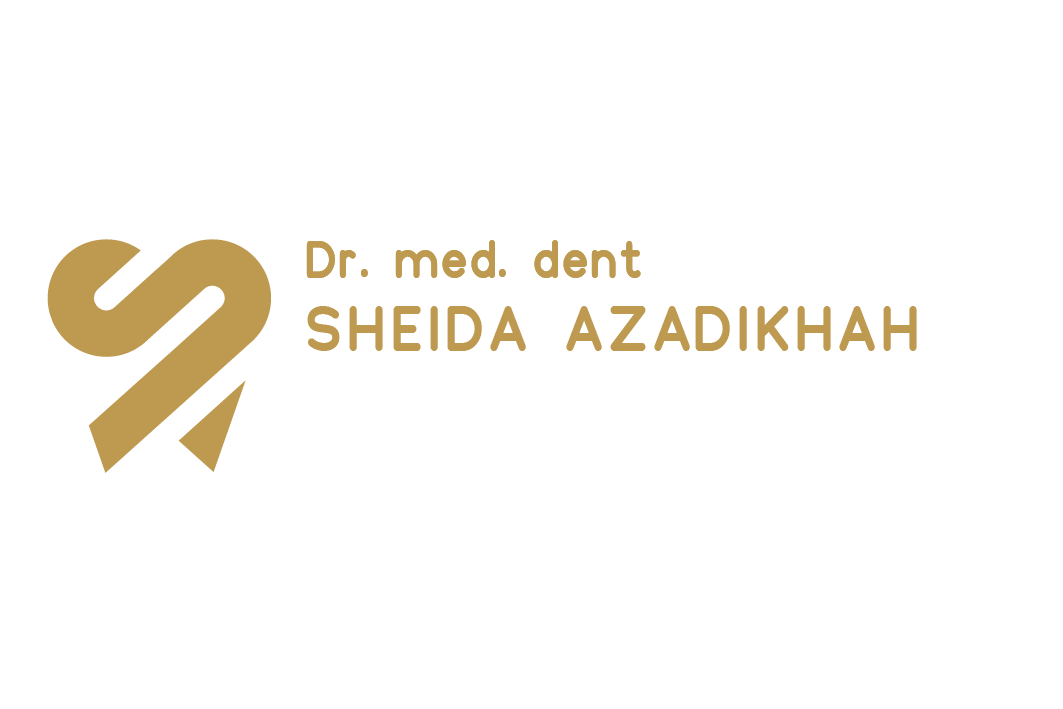PAIN-Free Dental Treatment with LASER
YAG laser is a type of laser used in dentistry for a variety of procedures. YAG stands for “yttrium aluminum garnet,” which is the material used to create the laser crystal. YAG lasers emit a specific wavelength of light that is capable of penetrating deep into tissues, making them useful for surgical and therapeutic procedures.
In dentistry, YAG lasers are commonly used for:
Periodontal treatment: YAG lasers can be used to remove infected tissue and bacteria from gum pockets, promoting healing and reducing the risk of periodontal disease.
Soft tissue surgery: YAG lasers can be used to perform various soft tissue procedures, such as gingivectomies, frenectomies, and crown lengthening.
Teeth whitening: YAG lasers can be used in combination with teeth whitening agents to accelerate the whitening process.
Biopsies: YAG lasers can be used to remove tissue samples for biopsy.
YAG lasers are preferred by some dentists because they are less invasive than traditional surgical methods, resulting in less bleeding, swelling, and discomfort for the patient. Additionally, YAG lasers are capable of targeting specific tissues, minimizing damage to surrounding areas. However, like all lasers, YAG lasers can be expensive and may require specialized training for safe and effective use.
CO2 (carbon dioxide) laser is another type of laser used in dentistry for a variety of procedures. CO2 lasers emit a wavelength of light that is absorbed by water molecules in the tissues, resulting in tissue vaporization and ablation.
In dentistry, CO2 lasers are commonly used for:
Soft tissue surgery: CO2 lasers can be used to perform a wide range of soft tissue surgeries, such as gingivectomies, frenectomies, and crown lengthening.
Treatment of oral lesions: CO2 lasers can be used to remove or reduce the size of oral lesions such as leukoplakia and oral lichen planus.
Periodontal treatment: CO2 lasers can be used to remove infected gum tissue and promote the growth of healthy tissue.
Teeth whitening: CO2 lasers can be used in combination with teeth whitening agents to accelerate the whitening process.
CO2 lasers are preferred by some dentists because they provide excellent precision and control during surgical procedures, resulting in minimal damage to surrounding tissues. Additionally, CO2 lasers are highly effective at cutting and coagulating tissue, resulting in less bleeding and faster healing times. However, CO2 lasers can be expensive and may require specialized training for safe and effective use.
Diode laser is a type of laser used in dentistry for a variety of procedures. Diode lasers emit a wavelength of light that is absorbed by pigments in tissues, resulting in selective photothermal and photochemical effects.
In dentistry, diode lasers are commonly used for:
Soft tissue surgery: Diode lasers can be used to perform a wide range of soft tissue surgeries, such as gingivectomies, frenectomies, and crown lengthening.
Periodontal treatment: Diode lasers can be used to remove infected gum tissue and promote the growth of healthy tissue.
Teeth whitening: Diode lasers can be used in combination with teeth whitening agents to accelerate the whitening process.
Treatment of oral lesions: Diode lasers can be used to remove or reduce the size of oral lesions such as leukoplakia and oral lichen planus.
Endodontic procedures: Diode lasers can be used to disinfect root canals and promote healing.
Diode lasers are preferred by some dentists because they are highly precise and can selectively target specific tissues without damaging surrounding areas. Additionally, diode lasers are less invasive than traditional surgical methods, resulting in less bleeding, swelling, and discomfort for the patient. However, like all lasers, diode lasers can be expensive and may require specialized training for safe and effective use.
Electrotomy is a surgical technique that uses high-frequency electrical current to cut or coagulate tissues. In dentistry, electrotomy can be used for a variety of soft tissue procedures, such as gingivectomies, frenectomies, and crown lengthening.
During an electrotomy procedure, an electrosurgical unit (ESU) is used to deliver high-frequency electrical current to a small wire loop or electrode. The electrical current causes the wire loop or electrode to heat up, which can be used to cut or coagulate tissues.
Electrotomy has several advantages over traditional surgical methods. It can provide precise and controlled cutting or coagulation, resulting in less damage to surrounding tissues. Additionally, electrotomy can minimize bleeding during surgical procedures, resulting in faster healing times and less discomfort for the patient.
However, electrotomy does have some disadvantages. It can produce a burning smell and smoke during the procedure, which can be unpleasant for the patient and surgical team. Additionally, electrotomy can cause tissue damage if used incorrectly or if the electrical current is too high. Therefore, electrotomy should only be performed by trained dental professionals with experience using electrosurgical units.
Electrotomy is a surgical procedure that uses an electric current to cut or coagulate tissue. In dentistry, electrotomy is sometimes used for procedures such as gingivectomy (removal of gum tissue) or frenectomy (removal of the frenum, a small fold of tissue in the mouth).
During electrotomy, a specialized instrument called an electrosurgical unit (ESU) is used to deliver a controlled electric current to a small wire or electrode. The wire or electrode is used to cut through or coagulate tissue, depending on the setting of the ESU.
Electrotomy can be advantageous because it can provide precise cuts and coagulation, minimizing damage to surrounding tissues. Additionally, electrotomy can be faster and result in less bleeding than traditional surgical methods. However, electrotomy requires specialized training and can carry some risks, such as burns or tissue damage if used improperly. Therefore, it is important for dentists to have proper training and experience with electrotomy techniques before performing such procedures.
